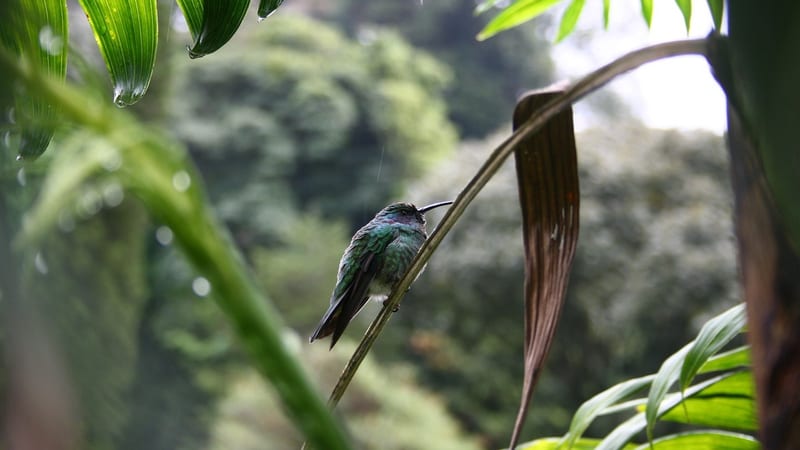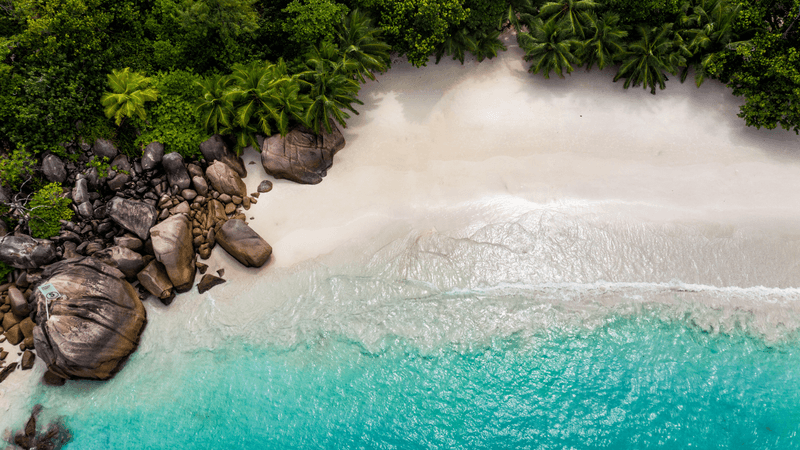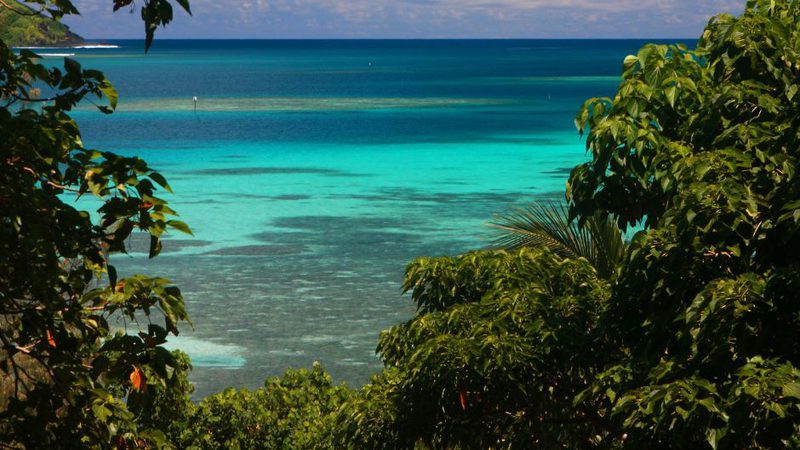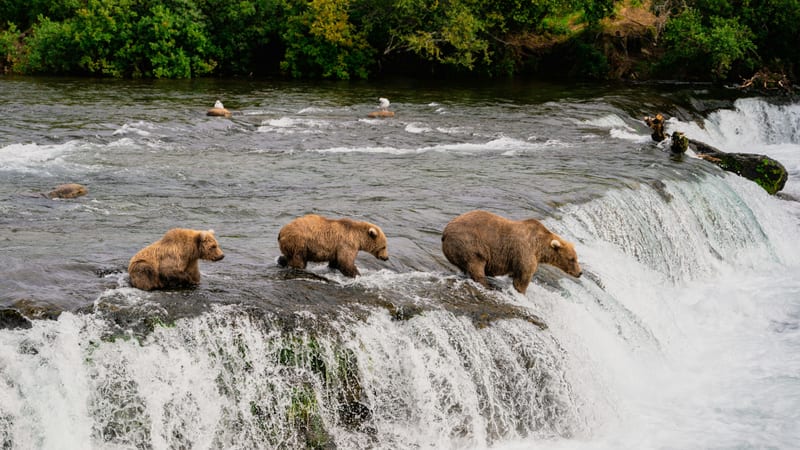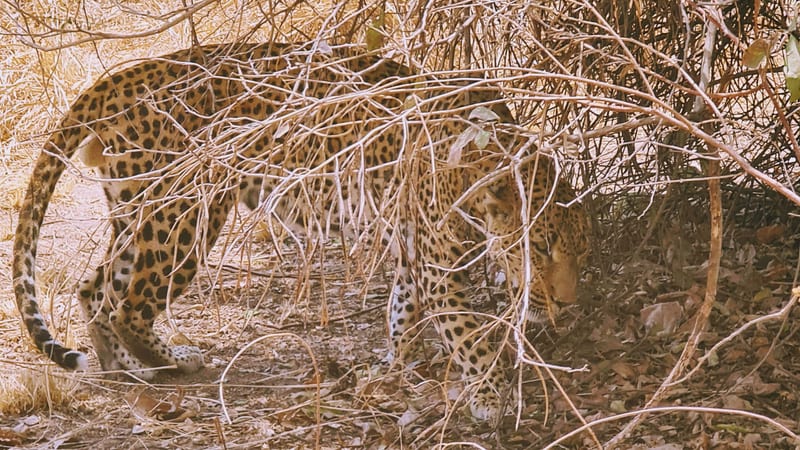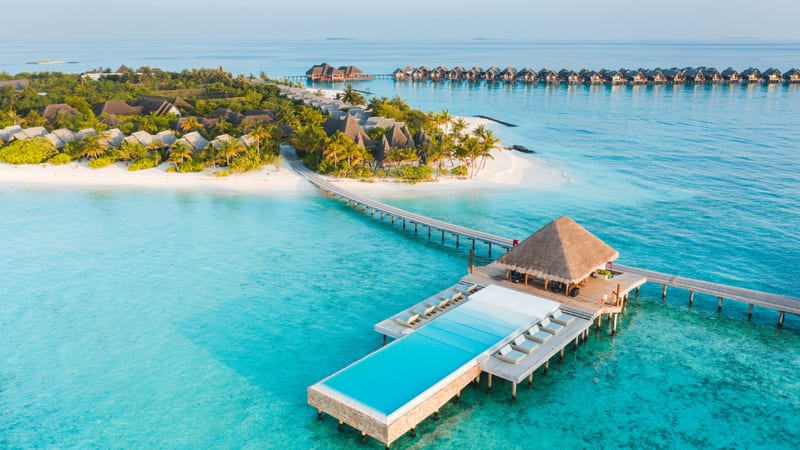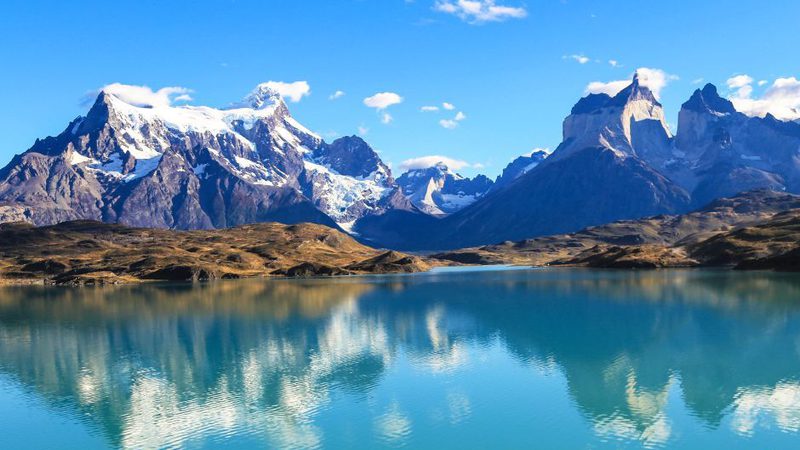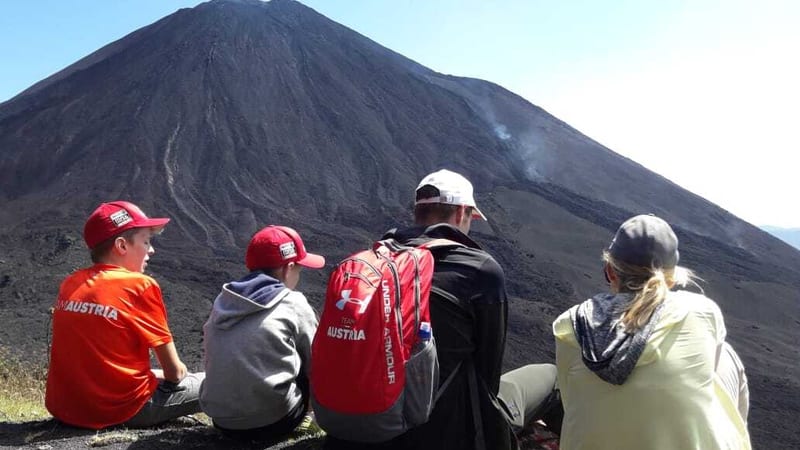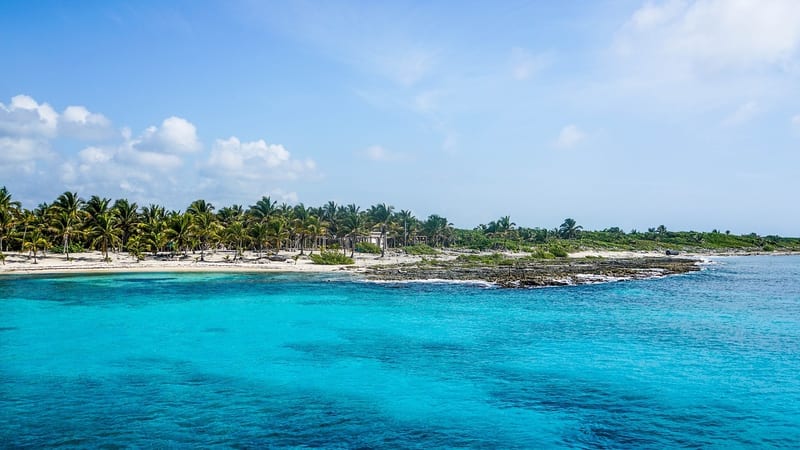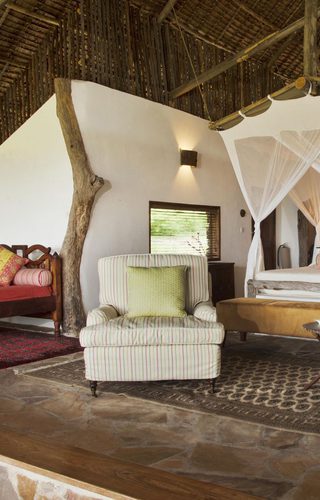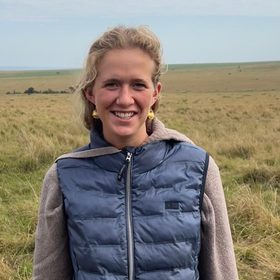Beho Beho Camp gets its name from the Swahili word for 'Pioneer' and was the first camp to be built in the northern sector of the Selous game reserve.
Location: Perched on the slopes of the Beho Beho Hills within Nyerere National Park in the south-eastern part of Tanzania, the camp enjoys panoramic views across the Rufiji floodplain and towards Lake Tagalala in the distance. Built in the highlands rather than down by the river, Beho Beho benefits from cooling breezes and cooler temperatures year-round. Its strategic position - amid a crossroads of ecosystems including miombo woodland, riverine forest, and open savannah - means wildlife often comes close without guests even leaving the lodge. Below camp, a natural hippo lagoon attracts a steady stream of animals for watering, visible from the lodge itself.
Rooms: Accommodation at Beho Beho comprises seven gracious stone-and-thatch bandas, each open-fronted to catch every breeze and offering uninterrupted views of the plains. The bandas are elegantly furnished with king-size or twin beds, Zanzibari daybeds, writing desks and ceiling fans. Each has its own dressing area leading into a spacious en-suite bathroom with twin basins, flush loo and an open-air shower. Since 2019, each Banda also includes a private plunge pool on its veranda, and guests can use a tripod-mounted telescope to spot game directly from their balcony at dawn and dusk. There is also Bailey's Banda, a secluded two-bedroom private cottage located upslope from the main camp. This luxurious villa has its own kitchen, dedicated staff, safari vehicle and a private pool - perfect for honeymooners, small families or groups wanting full exclusivity.
Amenities: Beho Beho's communal lodge is designed to feel like an elegant home in the bush, with open-sided living and dining areas, a well-stocked bar, library, and a full-size billiards table. Meals are served family-style at changing venues throughout camp, sometimes in the bush or at viewpoints, creating a social and relaxed atmosphere. A small swimming pool with stunning valley views offers a refreshing retreat (although most bandas now also have their own plunge pools). Wi-Fi is available in the bandas, power in all guest areas, and same-day laundry service is included. Hot water is entirely solar-heated and plastic bottles are minimised as part of the camp's green efforts.
Best places to stay in Selous
Selous Trip Inspiration
When to visit Tanzania
Find out the best time to visit Tanzania with our month by month guide.
- Best
- Good
- Mixed
- Jan
- Feb
- Mar
- Apr
- May
- Jun
- Jul
- Aug
- Sep
- Oct
- Nov
- Dec
January
January is mixed when it comes to weather, temperatures rise whilst the chance of rain and humidity increases. It is still a good time to go, as the rates are lower yet the game viewing is still excellent.
- During this time migratory herds are in the Serengeti for calving season, meaning the Ndutu plains are busy.
February
The weather remains hot with a chance of rain in February.
- Meanwhile in the Ndutu Plains the migration is still occurring.
March
March is the calm before the storm, before heavy rains and humidity builds. Visitors can take great advantage of lower rates during the low season.
- Migrating herds start to leave Ndutu, heading West towards Grumeti.
April
April experiences continued periods of heavy rain, we would advise against travel due to the conditions.
May
During may there is periods of heavy rain, we would advise against travel due to the conditions.
June
June heralds the wet season, bringing lush green vegetation which can make spotting game more difficult. It is a particularly great time for birders as parks become populated by migratory birds especially in the South.
- Migration is still in the Grumeti area, heading north.
July
July is the start of peak season, temperatures reach up to 30 degrees and the surrounding land becomes drier and spotting game is becoming easier.
- The migration is in the Northern Serengeti moving towards Kenya.
August
August is peak season, with bush land drying out game spotting becomes much easier. If you want to experience Tanzania game at its best, August is the time to travel.
- The migration still remains in the north.
September
Peak season continues in September, the Northern circuit can be very busy, if you want to avoid crowds it's best to visit the southern parks.
- The end of the migration is still in the north with herds on both side of the Kenyan and Tanzanian borders.
October
Peak season continues into October with good game viewing in the Serengeti and southern parks.
- The migration has now crossed over into Kenya.
November
November is the start of the rainy season, the rains tend to be overnight so it is still a popular time to travel. During this month you can take advantage of low season rates.
- Migration crossing over into the Serengeti can be seen a the Tanzania and Kenya border.
December
Rains continue in December, whilst the temperature and humidity start to build. Venturing out on safari is generally good, with large game still easily spotted.
- Migrating herds in the north travel south back to Ndutu.
Speak to a Tanzania expert today
and start planning your tailor-made vacation

Alistair





